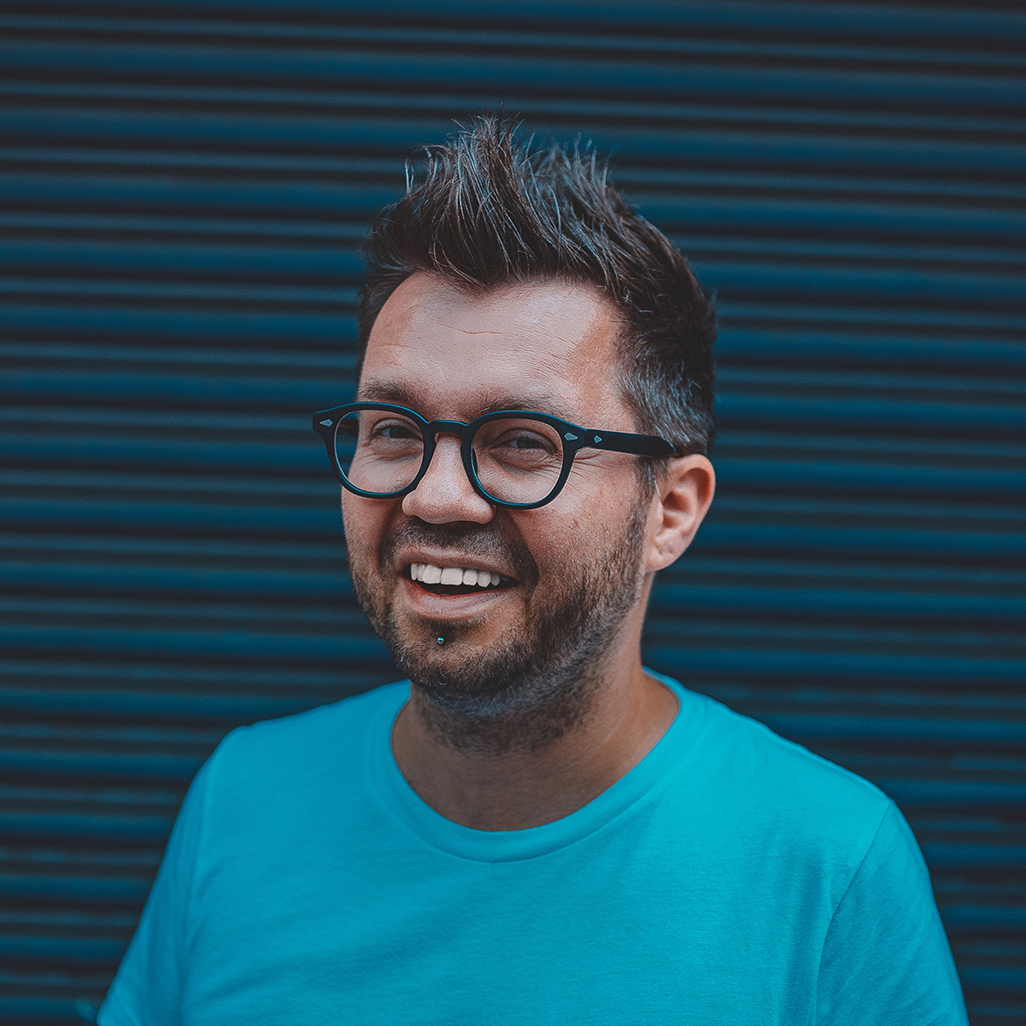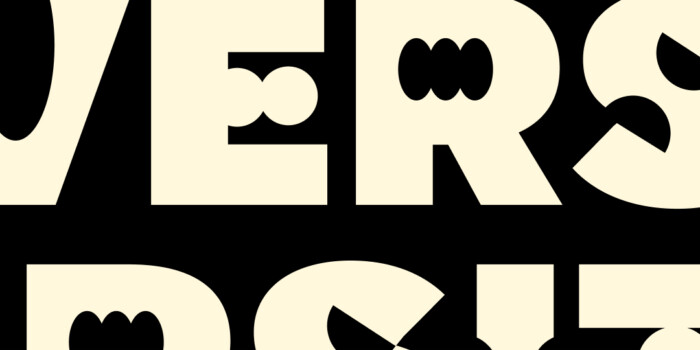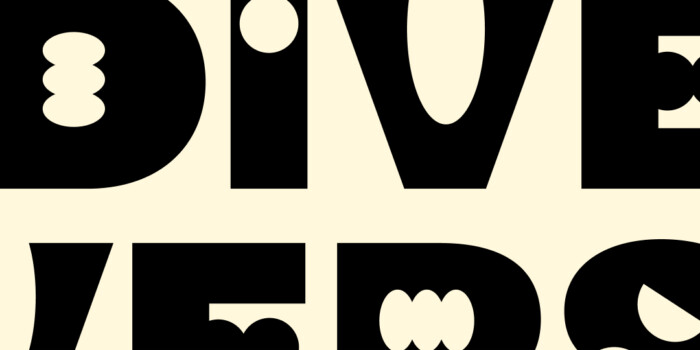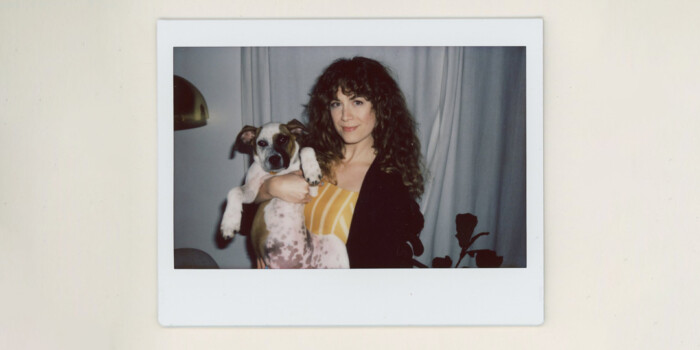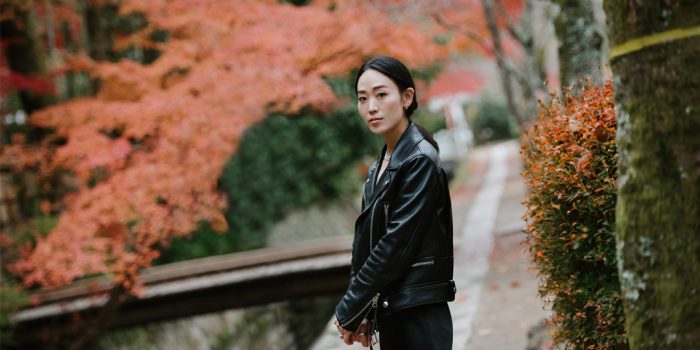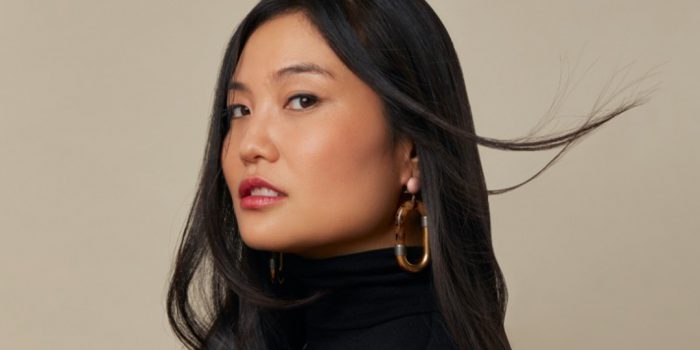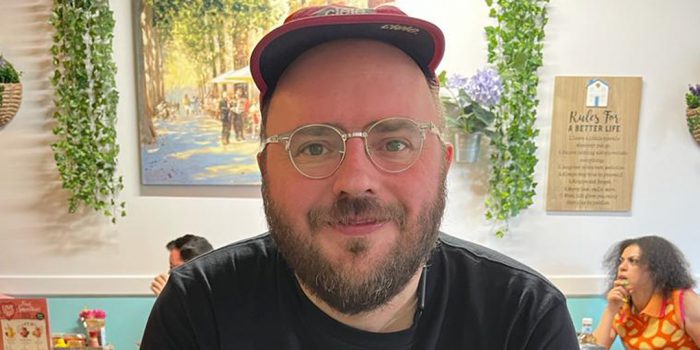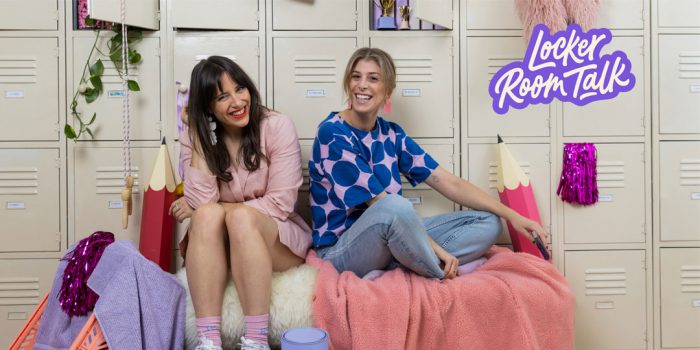Interview with Radim Malinic, Founder of Brand Nu and Author of Book of Ideas
Radim Malinic, founder of Brand Nu, recently joined our Shillington Manchester class for an industry guest lecture, sharing really practical advice for young designers and wowing us with his stunning portfolio. Read on for his complete interview to learn more about his unique journey to a creative career, how music and colour plays a role in his work and why you should definitely read Book of Ideas vol 1 and 2.
Tell us a bit about your creative journey.
I am thankful for the life’s unexpected twists and turns that have led me to where I am today. For a very long time, I was a passenger in life—I was just ok in everything that I did. I didn’t push myself to keep improving. After a while of doing something new I would slowly hit the plateau but I very much enjoyed my meandering through life. Thankfully, I discovered the path into the creative industry in my early twenties.
We were amazed to find out you were an ice hockey player, a bassist in death metal bands and an economics student! How did you become a designer?
When I was little, there was no such thing as graphic design in my life. I grew up in the Czech Republic and the most loved national sport is ice hockey—it was kind of a no-brainer for me to follow the suit. I wanted to play in NHL that was my life dream. However, when I discovered rock n roll with all the vices that come with it everything changed. I formed my first band, made logos and printed T-shirts for our first gig. I was on the eve of my fifteenth birthday when we played our first gig. When I look back there was something about the tribalism, whether, in sport or extreme music genres, that influenced my design career later. I also had nearly a decade-long Dj career. There was nothing more magical than rushing to the record shop across town to pick up the latest album and then go over every single detail of the packaging design. I still have some 4000 CDs somewhere in the loft. When I finished my studies, in my early twenties, I moved to England to be closer to the music scene that I admired from afar. Little did I know that it would be the design and creativity that surrounded music that will appeal to me to get started in the industry. I got a job position at a print shop and made it my priority to never stop progressing. It was the love of album art, making posters and logos for my band gigs that gave me the direction forward.
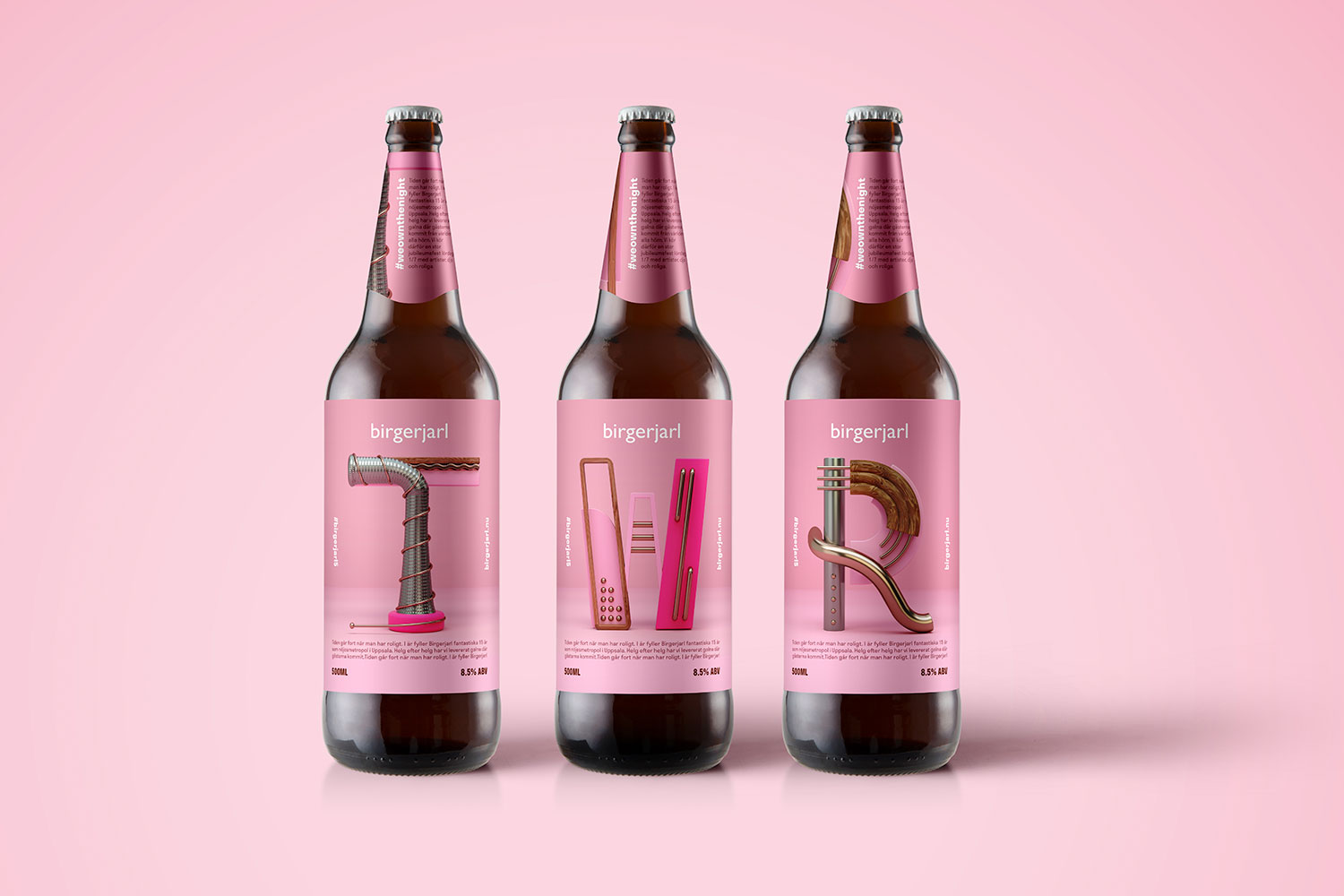
How does music play a part in your design work?
I am thankful to ‘music’ for my creative career—my first commissions were for indie record labels, DJs, nightclubs and venues. It was a lot of fun to be able to find my own way to express myself artistically.
When I work on album campaign it’s great to discuss artist’s work in detail and dig for clues that can help with art direction. I don’t try to go off-piste too much, I see album artwork as the missing piece of the puzzle that I am helping to find.
Once I suggested we scout people with Synesthesia to help us identify the colour they can see when the music plays. The music contains a lot of numbers and I aim to find equal answers in the artwork. Also, I have a very eclectic taste in music, I can easily listen to death metal followed by jazz, ambient electronica followed jungle and drum n bass. We are so lucky we can access vast swathes of music with a simple search in streaming apps. Every morning, I love the moment when I can put my headphones on and let the music create the mood for that day. Especially when there are a deadline and stuff needs finishing then on goes the nu-metal playlist to help the urgency. However, I can’t listen to music when I am planning a brand strategy or working out client proposals. Then, I cherish the silence to help me focus. To get clarity.
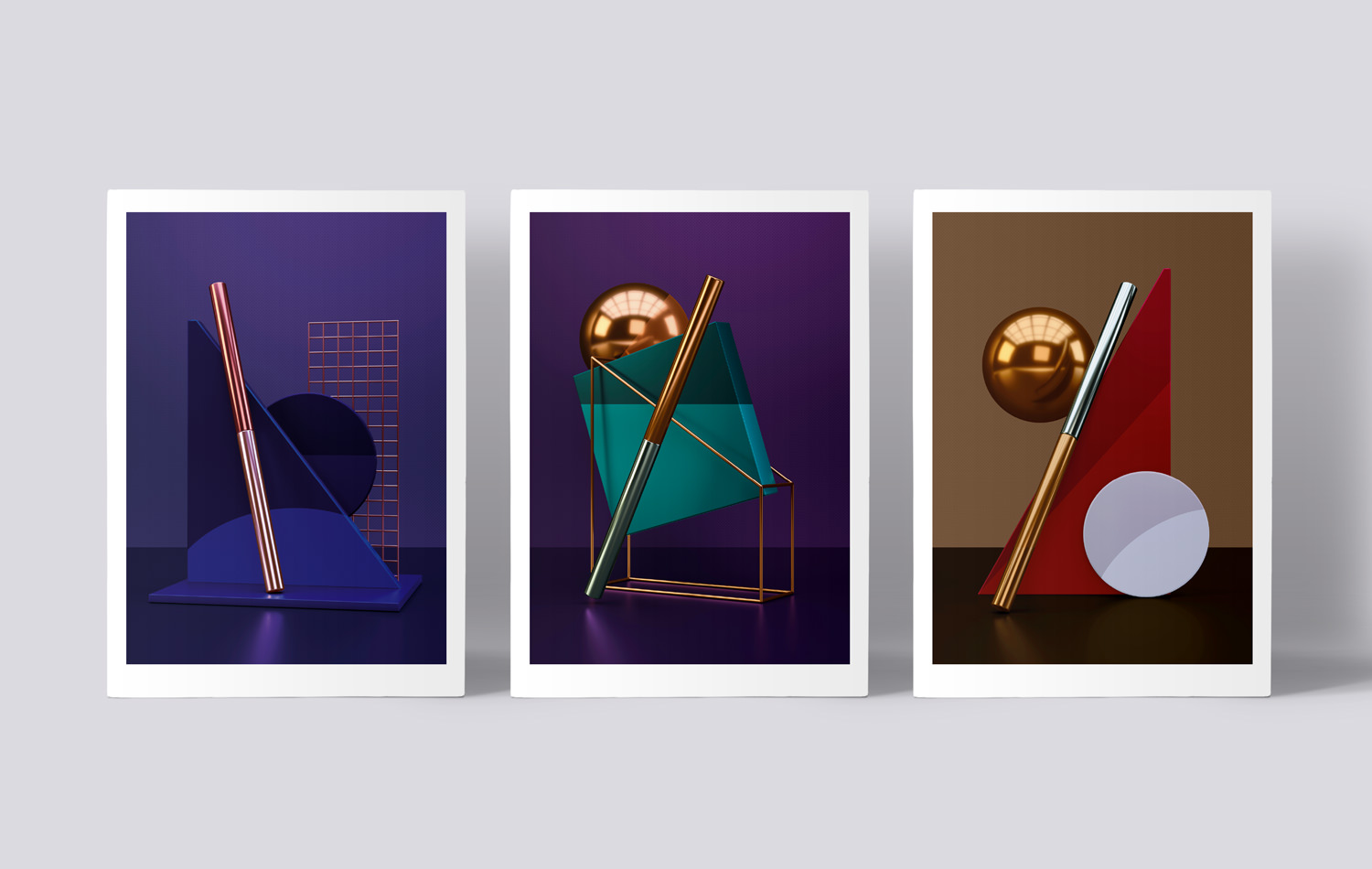
Your work is so vibrant! Can you walk us through the approach behind a recent project?
Many books have been written about the fact that colour brings joy to our life. Some people are very good with minimal palette choices but I am the opposite. Each colour carries a meaning and we bring our own reaction and feeling. I aim to use them for the right reason and purpose. My choices are based on the functionality of the design or in line with the message. I am fascinated with colours and I did a project recently to explore ‘The Colours of Moods’.
When one person says yellow, the other person sees it differently—one thinks lemon, the other daffodil.
I used that idea and created a collaborative project with my photographer friend Nathalie Gordon who’s based in LA. I wanted to room scapes to evoke a feeling based on a colour. These were made in 3D and photo of a model were added within the space. The project plays on nuances in seeing different colours. My plan is to create a whole book around the idea.
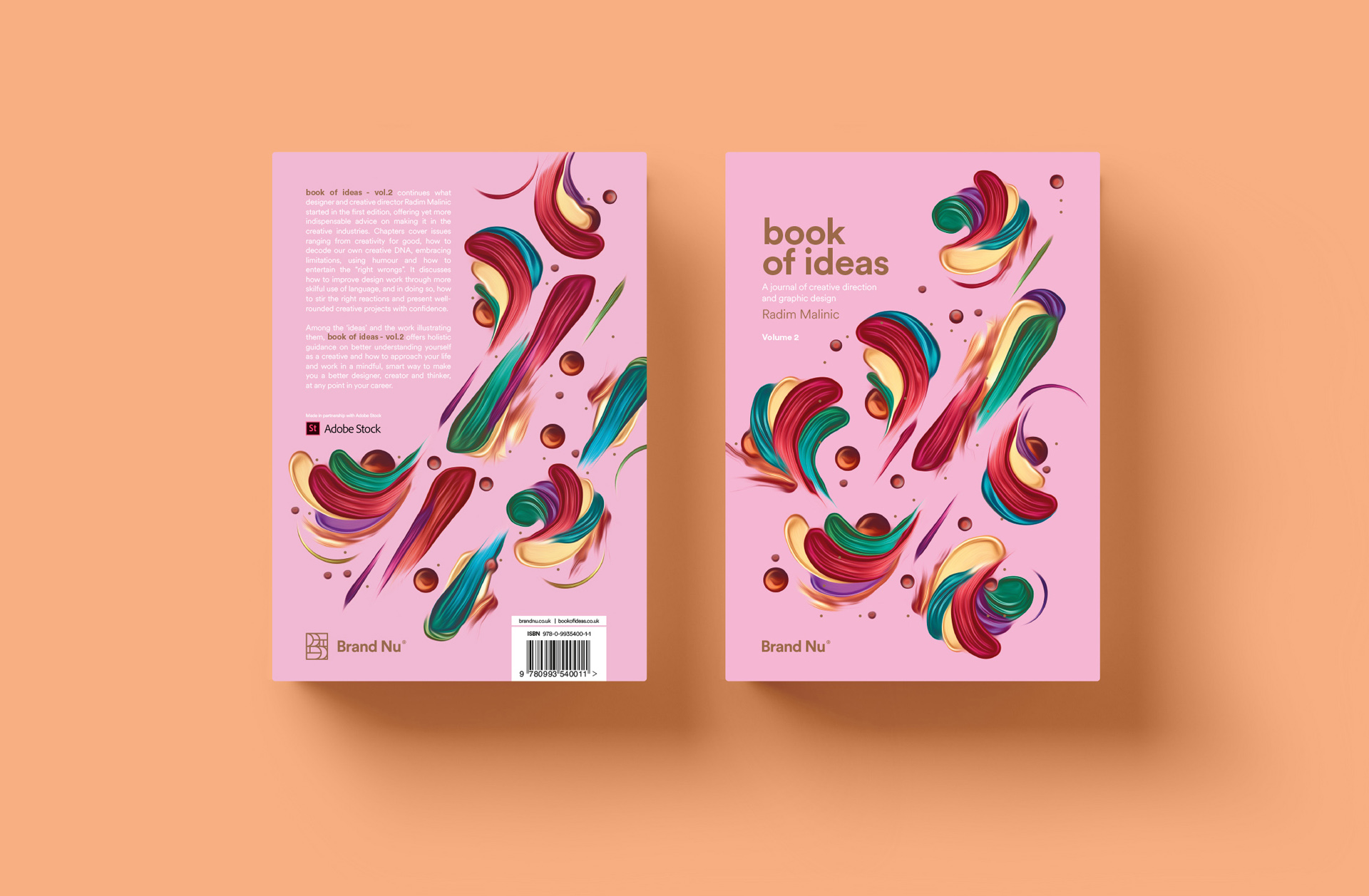
Tell us about Book of Ideas vol. 1, a journal of creative direction and graphic design. Who should read it, and why?
My books came to exists in an organic way. I used to print showcase books with my work to sell and giveaway to my clients. This was right from the start of my freelance career. I want to have my folio presented in a tangible way. Once I started questioning how we work with the need to question the process how we conduct creative work, I collected the findings in a book form. I didn’t have any agenda at first. My only plan was to print a book and move on to other projects. Surprisingly, the first book has been an Amazon UK Graphic Arts best seller ever since its release. It’s aimed at all levels of creative talent—anyone from designers, music producers, illustrators, freelances to directors.
The book is a collection of reminders to stop us from making the same mistakes over and over again.
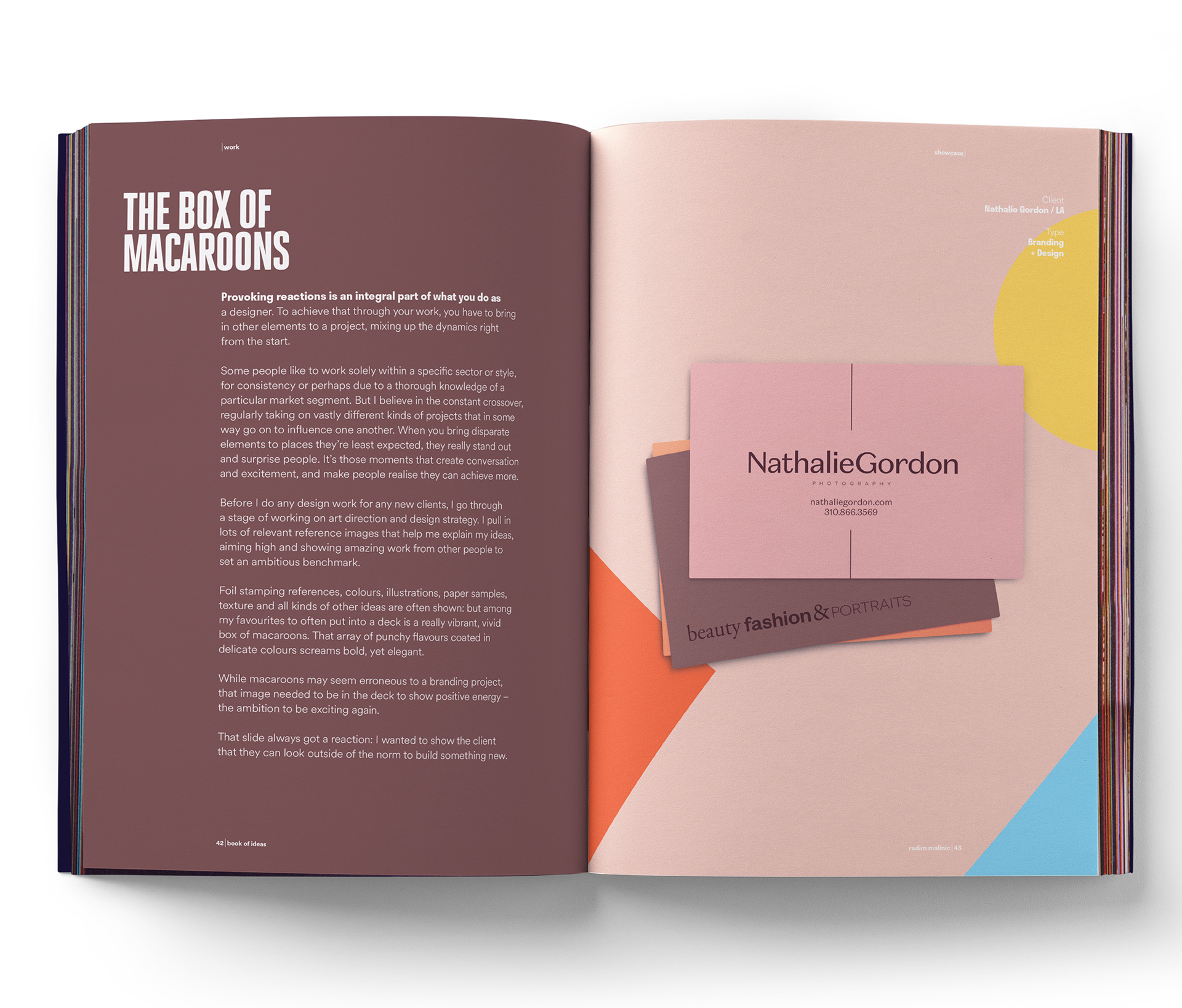

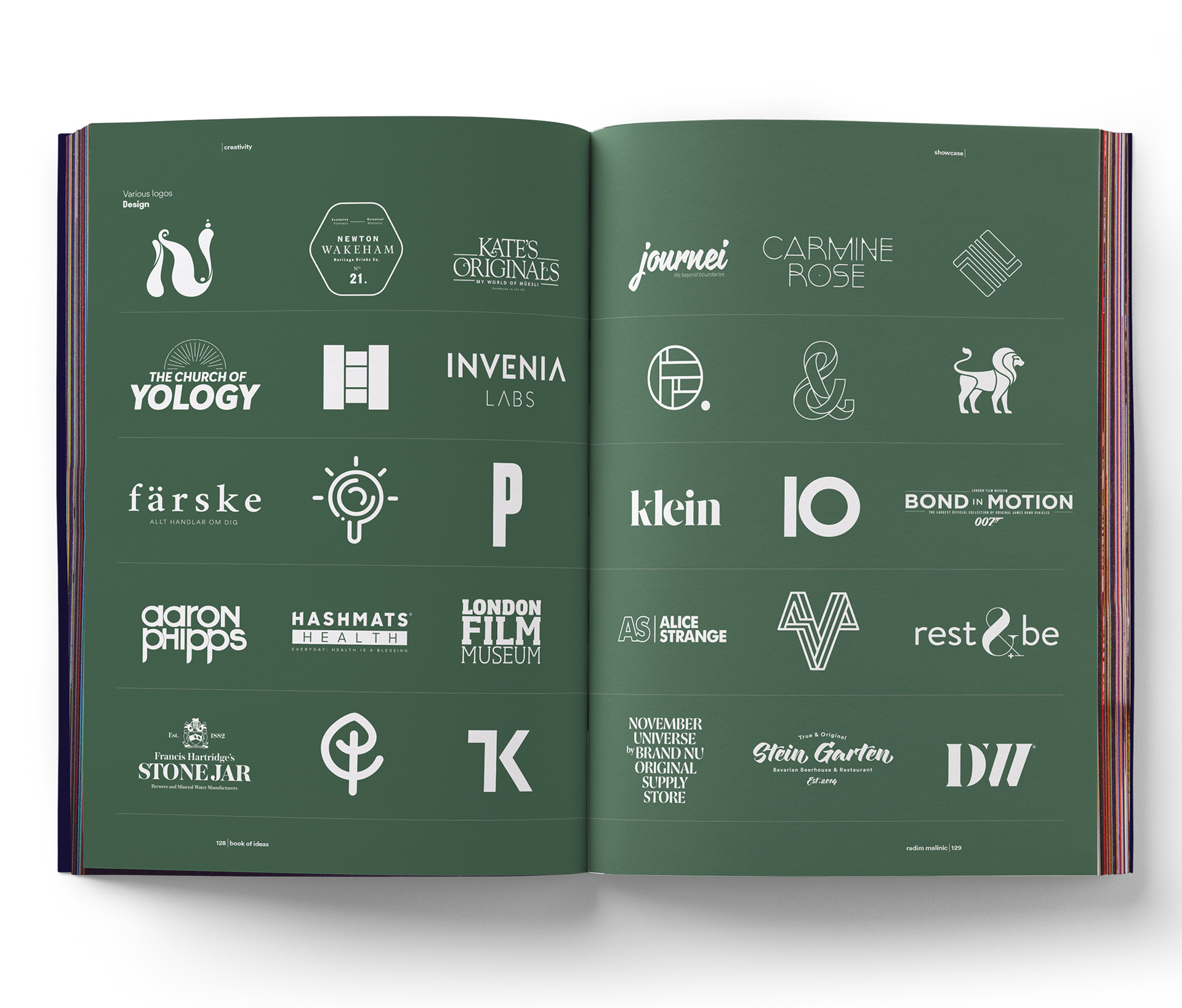
What’s in store for Book of Ideas vol. 2?
There would be no Vol.2 if it wasn’t for the reader’s demand—it took me by surprise of how many people reached out and shared their experience, asking for a follow-up book. The latest title is a continuation of the first instalment. Both books work in tandem complimenting each other just as well as they work as standalone titles. This time I’ve included extra case studies that show as well as tell. Both books can be purchased via my online store, Amazon, Book Depository and many other booksellers around the world. I didn’t know that this was going to be the start of my book publishing company. There’s a plan for many more titles in a very near future.
What does winning design awards mean to you?
I guess the design awards are a bit like a lottery—you pay to submit your work and hope that your number will come up. Having the ‘award-winning’ words on my website helped the google searches a little bit as far as I can see from my analytics. However, not many clients ask about any awards. Winning an award gives a project a bit of a closure, however, I mainly submit my personal work projects. Both Book of Ideas has won GDUSA awards recently. It was a proud moment. It feels like the final piece of a puzzle making the picture complete.
You’ve spoken at a lot of design events. What was the most interesting question you’ve ever gotten from the audience?
My talks are an extension of the stuff that I write about in my books—I like to expose the crossroads of work/life or happiness/anxiety or ambition/reality and many other juxtapositions that are weaved into our lives and careers. However, it’s near impossible to cover everything in 45 minutes and the questioners are always good to find something that completes the understanding of what was said on the stage. I do talk openly about mental health, anxiety and burnout—sometimes I start the questions with me asking the crowd about meditation and their experience with the subject. We are 99% introverts in this game, it’s always nice to help the ease the mood with reversing the order.

You have a pretty amazing online presence and know how to hustle. Any tips for fellow designer about getting themselves and their work out there?
My advice is always the opposite of the latest mainstream—avoid seeing the social media as the holy grail. Far too many people out there are pinning hopes on being discovered in the super overcrowded space with billions of other people on in the same space. Having your work on Instagram or Facebook is great but it’s potluck to whether the right people might find it and get in touch. I will always be a firm believer of putting the focus on creating honest and best possible work that will do the heavy lifting for you.
When people see stuff working well, they will start looking for that creative to help them in the same way. They won’t search on social media, they will use a search engine. This is why having a solid website with the right functionality is the key to get seen and commissioned.
This is where your personality and work will amount to your own personal brand. People will give you work on the basis of who you are first, what you can do will always be second. So your website with the right SEO will do more business for you than all social media accounts put together. Social media is there to broadcast the good stuff that you make. Use it as an add-on. Most of my clients never heard of Behance or Dribble. I tried to find a specific design talent on Instagram myself but failed to do so.
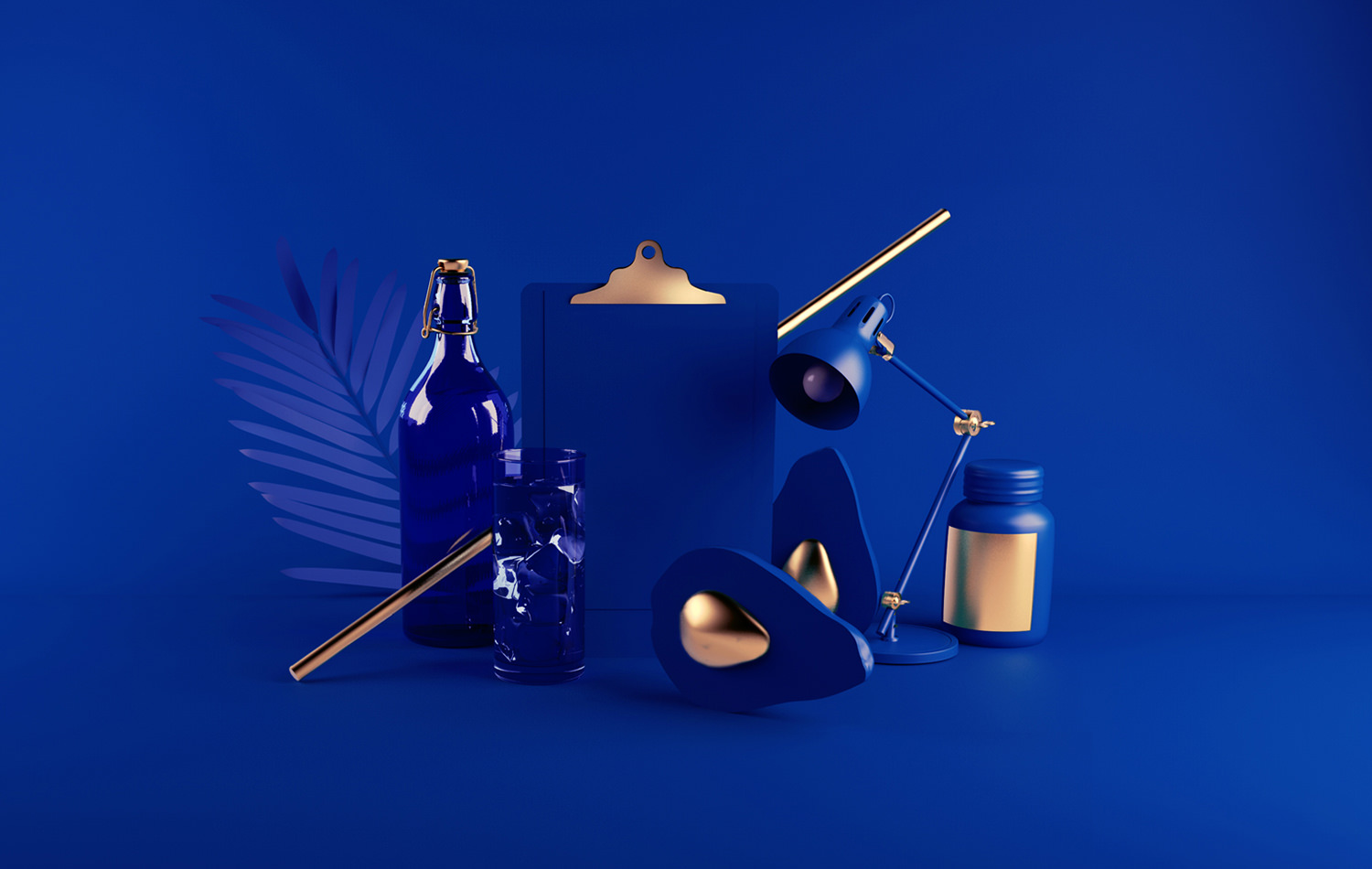
Who, or what, is inspiring you at the moment?
I get a kick out of contemporary interior design, old heritage furniture colours, artisan food and drinks packaging, modern philosophy, seeing people being inventive with vegan diet and recipes making fantastic and colourful food, people who want to do good in this world, people who are driven to make a difference—and now mainly, I am in awe with my 2-year-old daughter. I love seeing how she discovers everything for the first time. She’s got an amazing sense of intrigue that makes me see the world from a different perspective.
What’s your #1 piece of advice for a fresh design graduate?
Be prepared for a marathon, not a sprint. A career in the creative industries takes time to properly ripe. It takes time for things to make sense. Everyone needs to grow as a creative professional but also as a person.
Great designers aren’t the ones who have the best ideas, they are the ones who understand people and their audiences the best. Only then the best and most engaging work is created. That is the time when a passer-by is converted into a lifelong fan. I always suggest to novices to master the ‘mechanical’ part of their work, for example, software skills, so they can enjoy exploring ideas much quicker and with ease. Just like a musician who has spent years of perfecting playing the guitar so they can make a connection with the audience instead of looking down the fretboard searching for the right note. When can create work with ease and speed, then you start adding other skills and knowledge to your arsenal. When you know and recognise how the design fits into the bigger picture then you will start getting answers on to how to enjoy the process.
Anything else you’d like to share?
We are in an industry where the majority of players are glory hunters—but don’t buy into such a mindset. Everyone breaks the same. We are all humans. What happens to you, it happens to everyone. If you feel like the world around you feels too much, make sure you open a conversation even when it feels like the hardest thing to do. You might feel the most alone in the crowded space, ask for help and don’t wait until it gets worse just because you feel like you might have to keep a brave face for the others. Be human. It comes first.
Huge thanks to Radim for these amazing insights! Be sure to check out his website, follow him on Instagram and Twitter and get your own copy of Book of Ideas vol. 1 and 2.
Want to win some amazing prizes and stay in the loop with all things Shillington? Sign up to our newsletter to automatically go in the draw.
